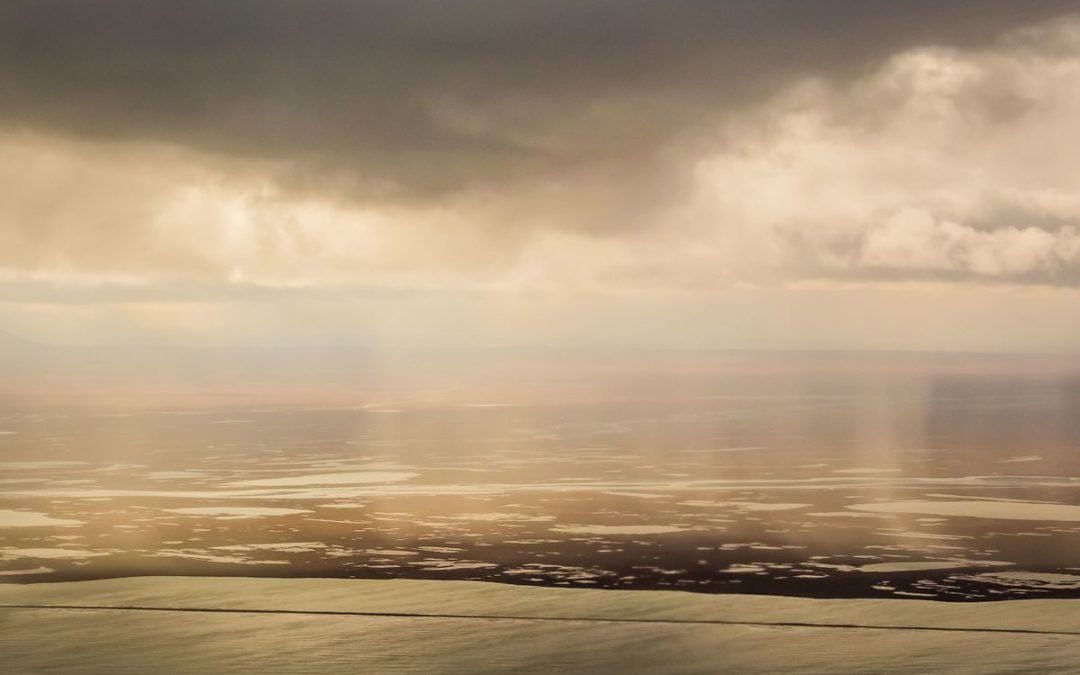SOURCE: Anchorage Daily News
DATE: June 17, 2020
SNIP: Modern seismic work conducted for oil companies could leave decades-long scars on the tundra, similar to tracks left by heavy vehicles in the 1980s, according to a paper led by researchers with the University of Alaska Fairbanks.
The research paper, published in April in the journal Ecological Applications, comes as the federal government plans to auction leases for oil exploration in the refuge this year for the first time.
Seismic exploration, in which vehicles travel over protective ice and snow to analyze oil potential underground, would likely precede drilling in the refuge.
The paper analyzed “landscape impacts” from seismic work conducted in the refuge in the mid-1980s that relied on older, two-dimensional seismic shoots. It also looked at past studies of impacts from three-dimensional seismic shoots starting in the 1990s.
The paper estimated potential impacts of SAEexploration’s 2018 proposal. Vehicles would make about 40,000 miles of tracks in the refuge as they crisscrossed the tundra in a grid pattern, the paper said.
About 3,700 miles of those winter trails, or close to 10%, would still be visible a decade after the shoot, the paper says. The impacts include thawing permafrost and permanent changes in vegetation.

